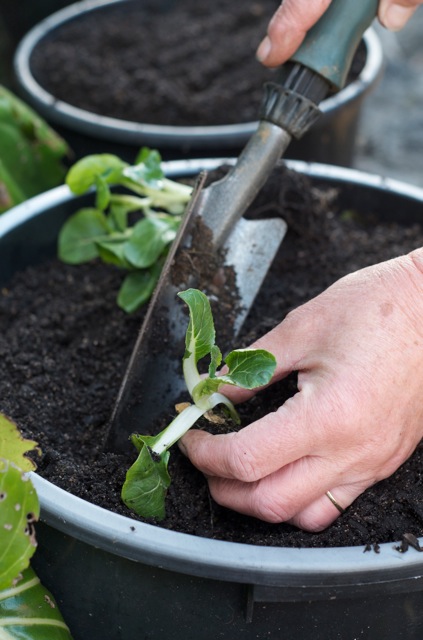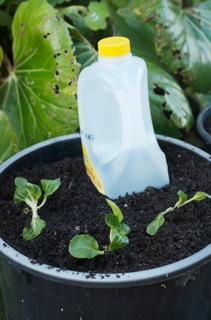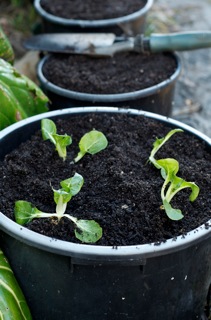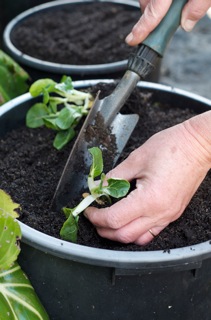Cultivate Chinese cabbage
Thursday 30 August 2012, 8:01PM
By Awapuni Nurseries
519 views
Pak choy, bok choy or pak choi. There are plenty of different names used for Chinese cabbage. But whatever you like to call it, pak choi is a staple every vege garden needs. These stalky greens contain antioxidants and vitamins C and A and, more importantly, taste fantastic in stir-frys!
At Awapuni Nurseries we sell pak choi in both our Traditional Value and Pop'n'Grow varieties. Pop’n’Grow and Traditional Value seedlings are both grown with strong individual root systems.
But Pop’n’Grow seedlings are perfect for beginners and kids, because they’re packaged in strong biodegradable pots that protect the roots, making them guaranteed to grow.
And, Traditional Value seedlings are perfect for the budget-conscious gardener because the seedlings are wrapped in recycled newspaper, so the value is in the plants and not the packaging.
Simply pop down to your local supermarket, Bunnings, or the Warehouse and grab a Pop’n’Grow pot or Traditional Value bundle today. Alternatively, head to our online plant shop at www.awapuni.co.nz and get the plants delivered right to your door.
Once you've got your seedlings you need to find a sunny, well-drained spot to plant. Add some lime to sweeten the soil before you start and don't plant where you've grown brassicas before - this will help prevent club root.
Pak choi are fantastic for companion planting because they're quite quick to mature. I like to plant mine in-between veges like spring onion and garlic. By the time the other plants start to mature and need the space to grow - I've already eaten my Chinese cabbage!
Once you've found the perfect spot, dig a little hole and place your seedling inside. Plant your seedlings around 20cm apart from each other.
If you're still getting frosts where you live, cut a plastic milk bottle and place over the top of each seedling to protect the plant while it gets established. Don't forget to watch out for slugs and snails. And, if black birds are a problem where you live, watch out for them too!
In around six to eight weeks your plants should be about 30cm high and ready to harvest. Simply cut the plant off at the base, or pick the leaves off you need them. My final Tod's Top Tip is to plant one bundle at a time, every couple of weeks for on-going supply of this tasty green vege.
Tod Palenski
Awapuni Nurseries
www.awapuni.co.nz



